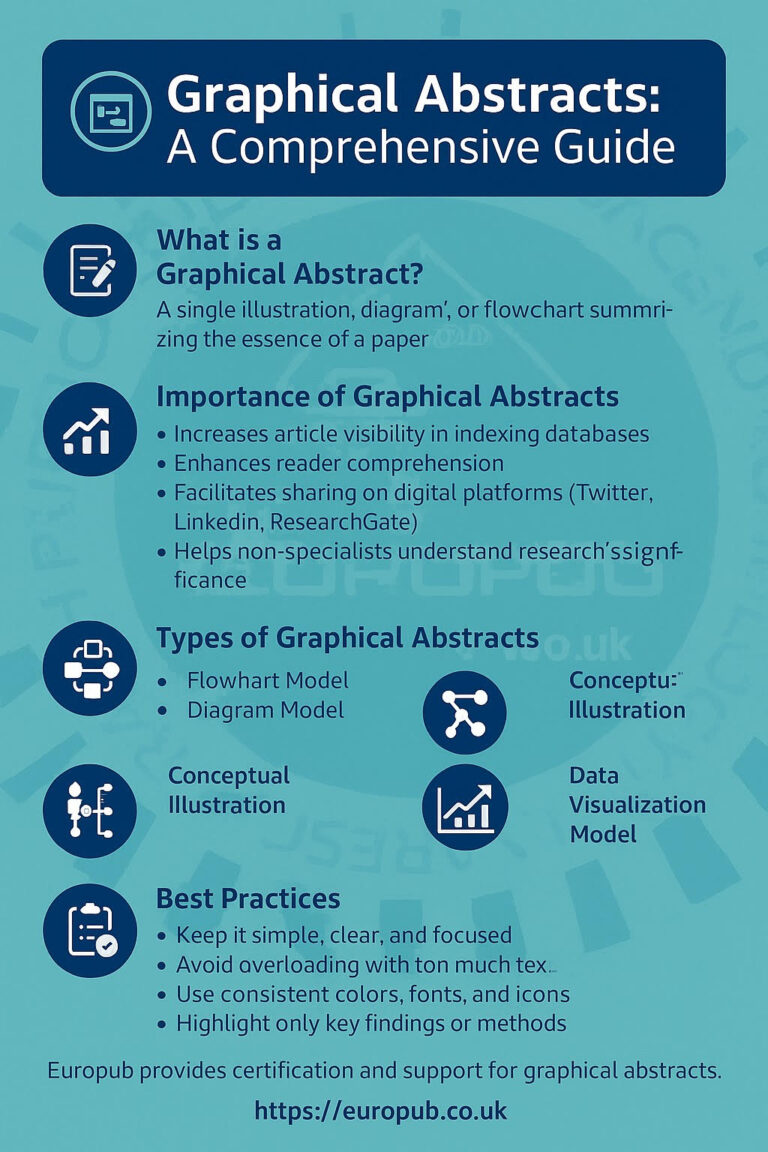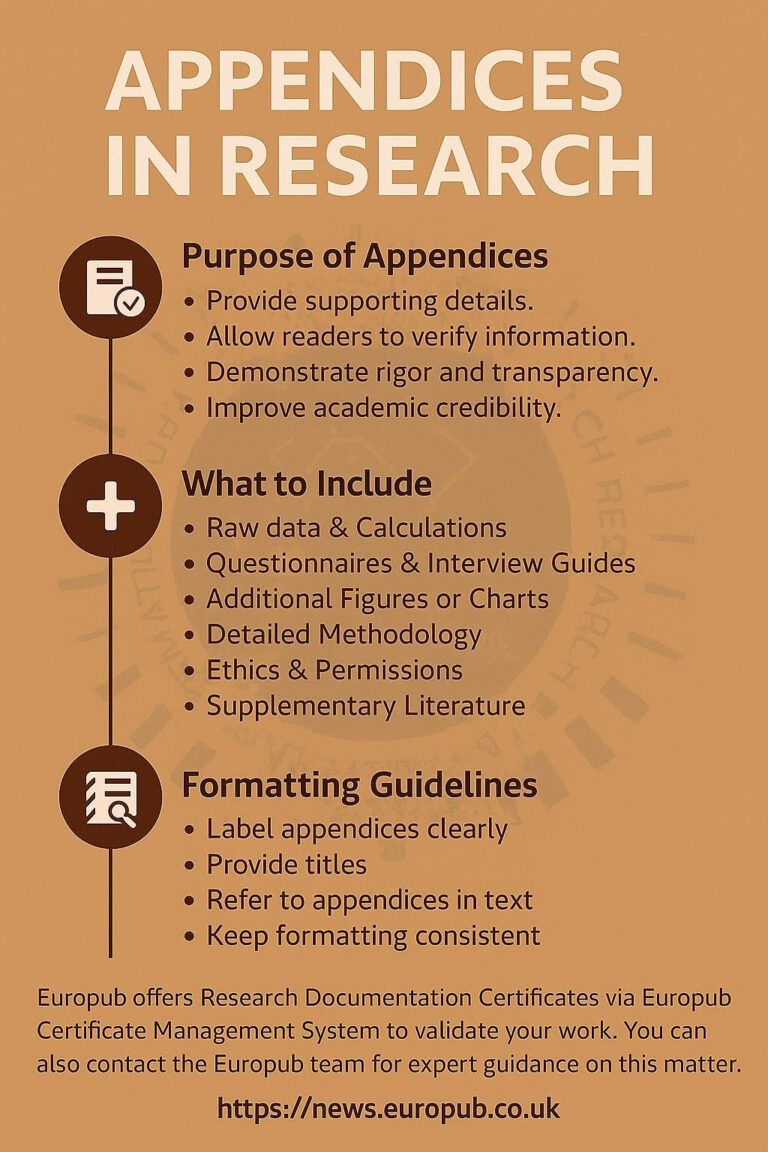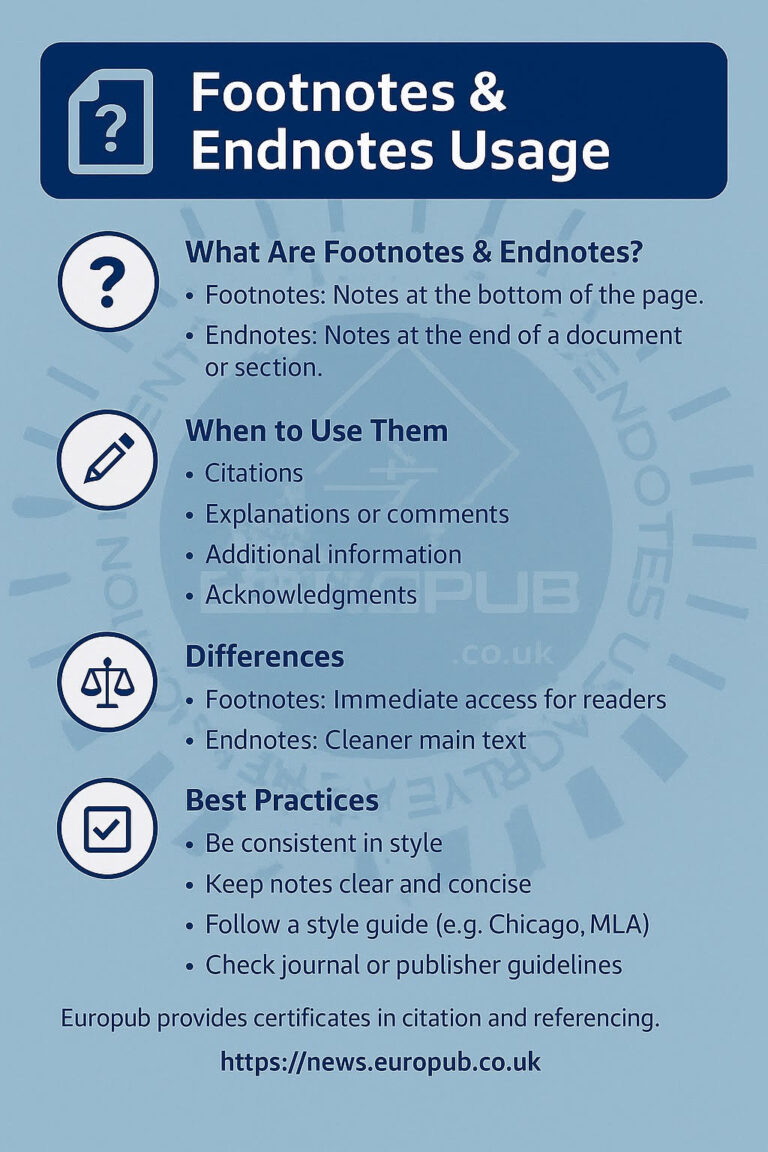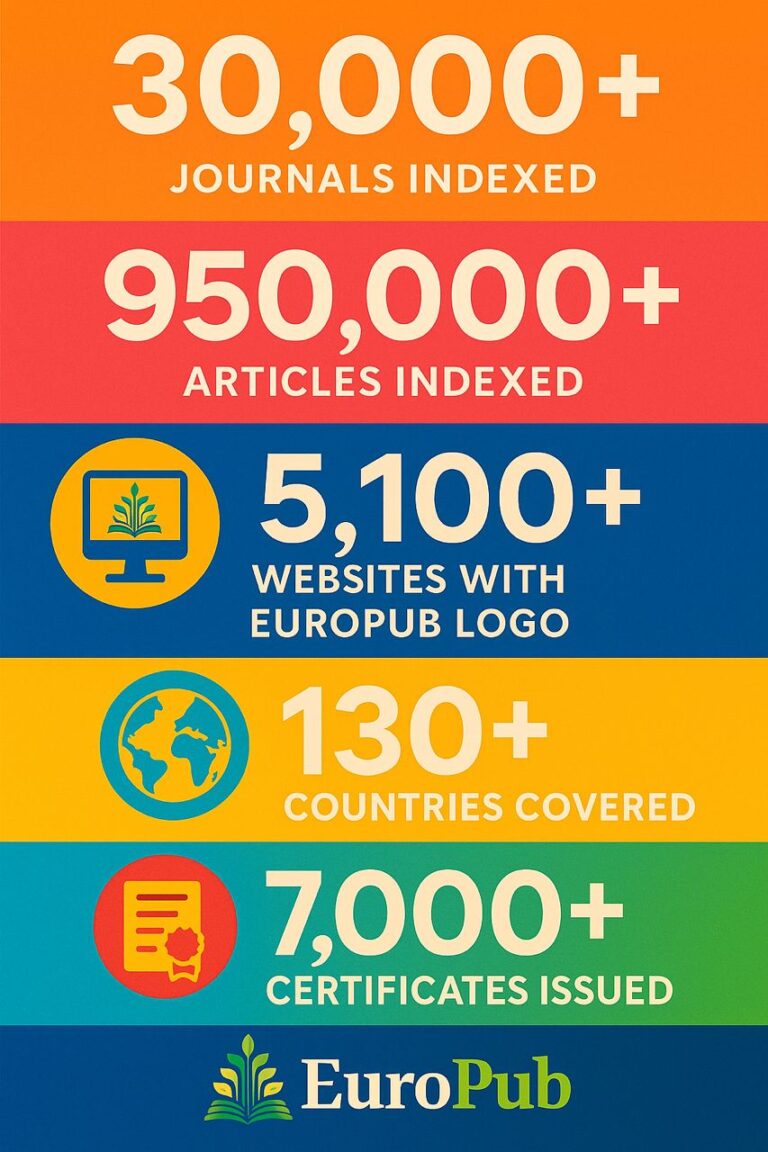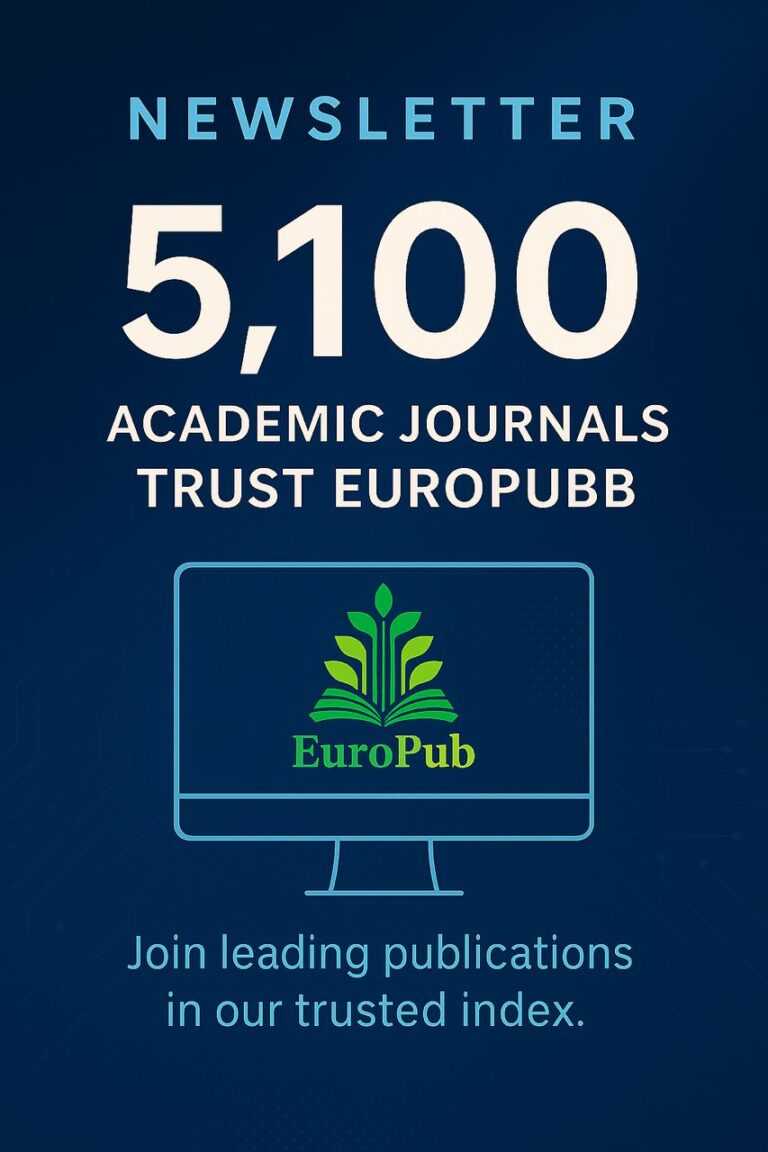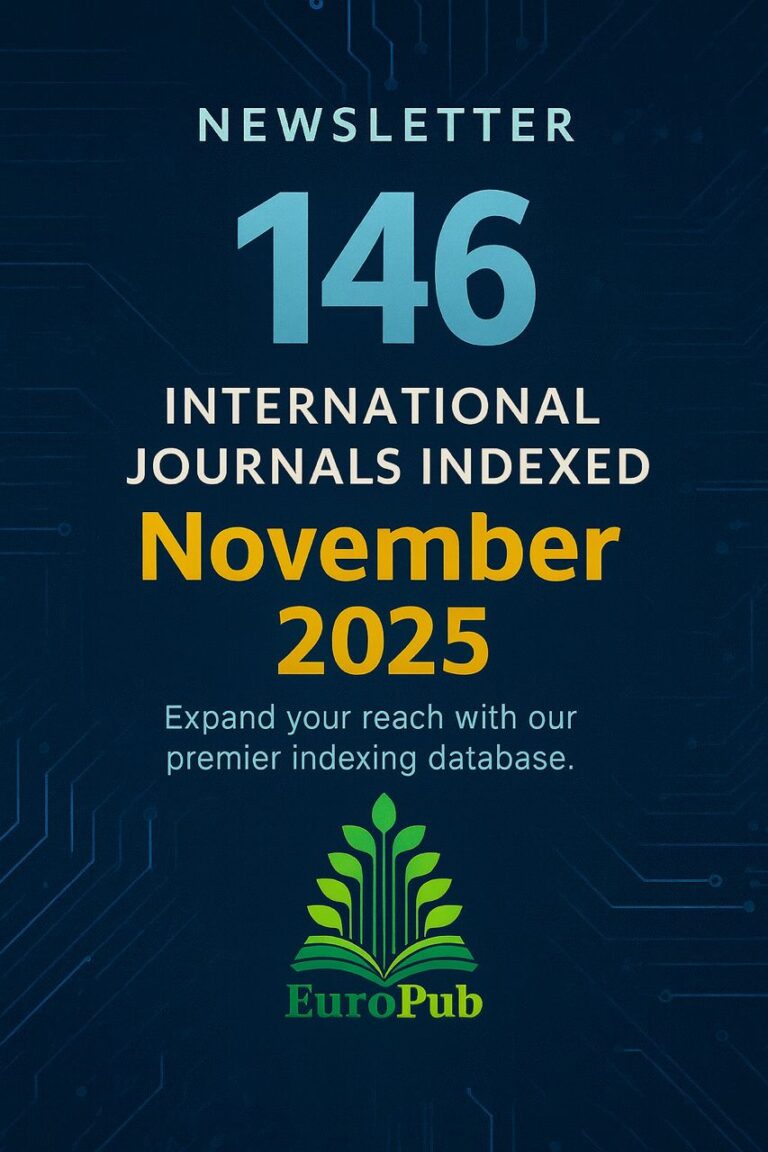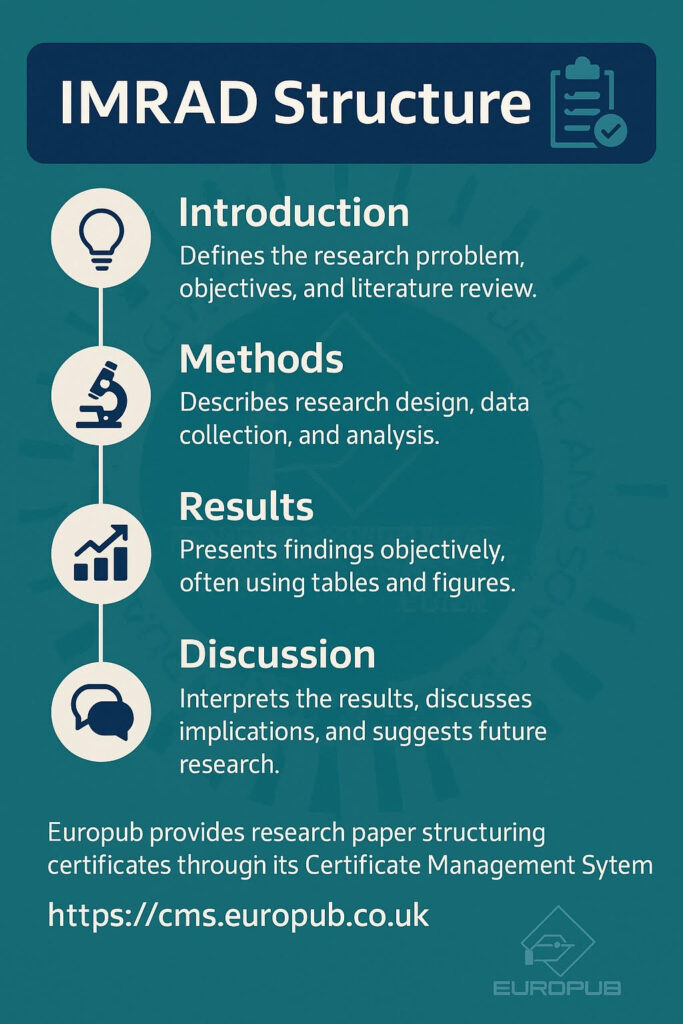
Introduction
The IMRAD structure—Introduction, Methods, Results, and Discussion—is the standard format for scientific articles across most disciplines. It provides a logical, transparent, and universally accepted framework for presenting research.
Adopting IMRAD ensures that your paper is:
- Clear → each section has a specific purpose.
- Organized → easy to follow for readers, reviewers, and editors.
- Credible → follows international publishing standards (Scopus, ISI, PubMed, etc.).
What is IMRAD?
IMRAD is an acronym that represents the four core sections of a scientific paper:
- Introduction
- Defines the problem.
- States objectives and research questions.
- Reviews relevant literature.
- Provides justification for the study.
- Methods (Materials and Methods)
- Describes research design, procedures, data collection, and analysis techniques.
- Ensures reproducibility and transparency.
- Includes participants, instruments, and ethical considerations.
- Results
- Presents findings objectively.
- Uses tables, graphs, and figures.
- Avoids interpretation (facts only).
- Discussion
- Interprets findings in context.
- Compares results with existing literature.
- Highlights significance, limitations, and future research.
Why Use IMRAD?
 Universally accepted → most journals require it.
Universally accepted → most journals require it.
 Reader-friendly → easy to scan and follow.
Reader-friendly → easy to scan and follow.
 Logical flow → mirrors the scientific process.
Logical flow → mirrors the scientific process.
 Indexing compliance → databases like PubMed and Scopus prioritize IMRAD-style papers.
Indexing compliance → databases like PubMed and Scopus prioritize IMRAD-style papers.
Example Breakdown
Title: Effects of Green Tea on Cognitive Function in Older Adults
- Introduction: Why green tea matters in aging and cognition.
- Methods: Randomized controlled trial with 200 participants.
- Results: Significant improvements in memory and attention.
- Discussion: How results align with previous research and potential clinical applications.
Common Mistakes in IMRAD
 Mixing results with discussion.
Mixing results with discussion.
 Overly long introductions.
Overly long introductions.
 Lack of methodological detail.
Lack of methodological detail.
 Ignoring limitations in discussion.
Ignoring limitations in discussion.
Tools & Resources
Europub Certification & Guidance
Europub provides Research Paper Structuring Certificates via its Certificate Management System:
 Certificate of IMRAD Paper Writing
Certificate of IMRAD Paper Writing
 Certificate of Research Organization Skills
Certificate of Research Organization Skills
With Europub certification, you can:
- Strengthen your academic writing.
- Increase acceptance rates in high-impact journals.
- Ensure compliance with global publication standards.
 Apply here: https://cms.europub.co.uk
Apply here: https://cms.europub.co.uk
 Main site: https://europub.co.uk
Main site: https://europub.co.uk
 Newsletter: https://news.europub.co.uk
Newsletter: https://news.europub.co.uk
 Europub experts also offer hands-on guidance in structuring IMRAD papers.
Europub experts also offer hands-on guidance in structuring IMRAD papers.
 Frequently Asked Questions (FAQs) on IMRAD
Frequently Asked Questions (FAQs) on IMRAD
1. Do all journals require IMRAD?
Answer: No, but most scientific journals prefer or require it. Humanities journals often allow alternative structures.
2. How long should each section be?
Answer:
- Introduction: ~10–15% of paper.
- Methods: ~20–30%.
- Results: ~20–25%.
- Discussion: ~25–30%.
3. Should references appear in all sections?
Answer: Yes, except the Results section (which should focus on findings only).
4. Can results and discussion be combined?
Answer: Some journals allow Results & Discussion (R&D) as a merged section, but clarity may suffer.
5. How does IMRAD help citations?
Answer: Structured papers are easier to read, more widely indexed, and thus more likely to be cited.
Conclusion
The IMRAD structure is the foundation of modern scientific writing. It ensures clarity, transparency, and global acceptance of your research. Europub strengthens this with certifications, guidance, and tools that help researchers achieve excellence in academic publishing.
